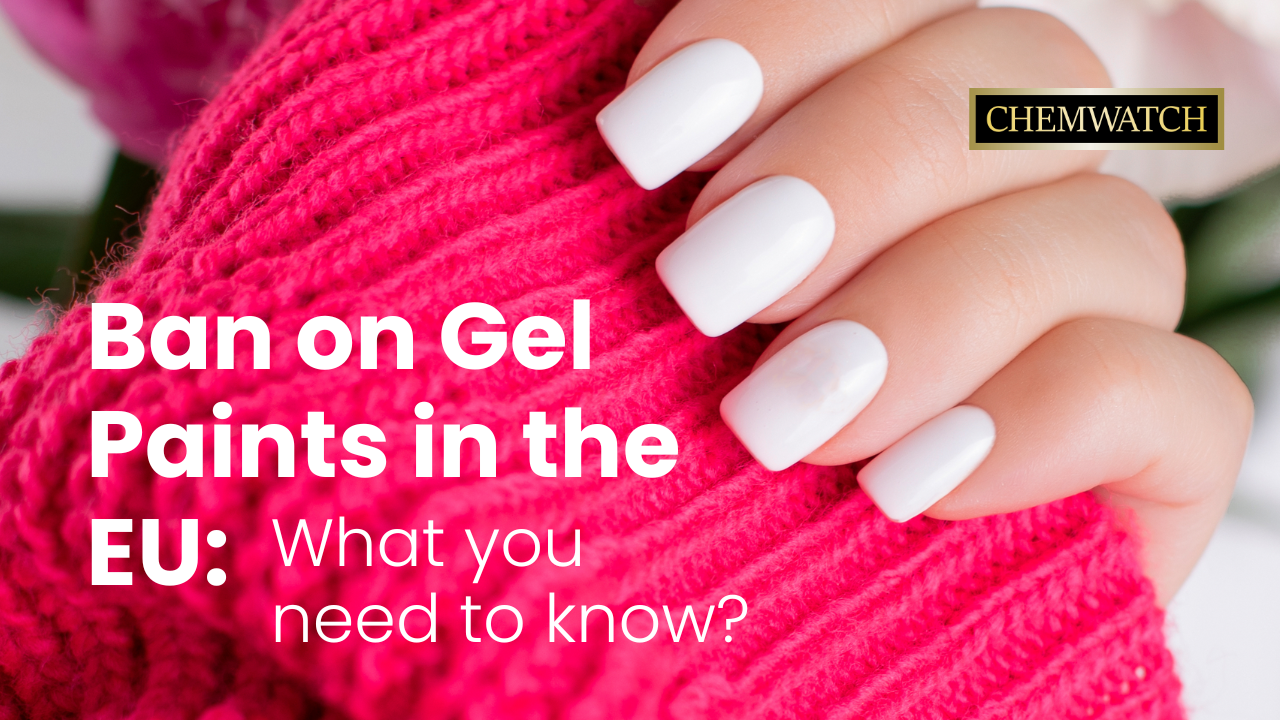
Who doesn’t love perfectly manicured, glossy nails? Gel nail polish has become a beauty staple, offering chip-resistant shine that lasts for weeks. But have you ever wondered what keeps those colours so flawless for so long?

As of September 1, 2025, a new EU ban on gel nail polish containing trimethylbenzoyl diphenylphosphine oxide (TPO) has come into effect. This chemical, once standard in many formulations, has now raised major gel nail polish safety concerns. The ban is part of broader efforts to regulate chemicals in cosmetics and protect consumers from long-term health risks.
This article explores why TPO in gel nail polish has come under scrutiny, the implications of the EU decision, and what safer, TPO-free nail products are now available for consumers and professionals.
TPO, or trimethylbenzoyl diphenylphosphine oxide, is a photoinitiator. It plays a crucial role in gel polish, helping the product harden quickly under UV or LED light. This results in the glossy, long-lasting finish that has made gel manicures so popular.
However, while effective, TPO in gel nail polish has raised red flags in toxicology studies. Concerns around its potential health effects have now pushed regulators to take action—especially when gel nail polish safety is a growing concern for consumers and cosmetic scientists alike.
Although occasional gel manicures may not lead to immediate harm, repeated exposure to TPO in nail products could increase risk. Some of the key side effects of gel nail polish containing TPO include:
These risks are typically low with proper handling but become more concerning with frequent salon treatments or poor-quality products.
While Safe Work Australia creates model Codes, each jurisdiction must adopt the Code for it to have legal effect. This means businesses should check with their state or territory WHS regulator to confirm specific legal obligations.
Compliance with the Code may also support employers in meeting broader WHS duties under their respective legislation. Ensuring alignment with the Code's provisions is a key part of robust workplace exposure silica management strategies.
The EU ban on TPO in gel nail polish was driven by findings that linked the chemical to potential reproductive toxicity in animal studies. While typical human exposure during a gel manicure is minimal, the EU's precautionary approach to health and cosmetics means that any substance classified as carcinogenic, mutagenic, or toxic to reproduction (CMR) is subject to restriction.
TPO’s classification under this category triggered its removal from all cosmetic formulations sold within the EU—including gel nail products.
For Consumers:
For Nail Technicians and Salon Owners:
Navigating chemical regulations can be complex—especially as cosmetic products undergo reformulation. Chemwatch simplifies this process by offering end-to-end chemical safety management for the beauty industry.
With Chemwatch, businesses can:
By supporting businesses, suppliers, and manufacturers, Chemwatch ensures a smoother shift toward safer cosmetic practices.
Sources